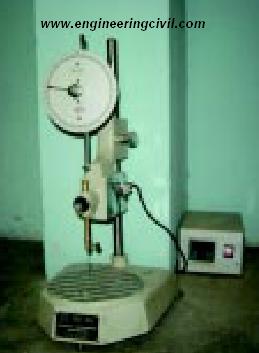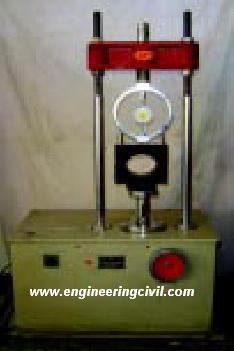This test is done to determine the water content in soil by oven drying method as per IS: 2720 (Part II) – 1973. The water content (w) of a soil sample is equal to the mass of water divided by the mass of solids.
Apparatus required :-
i) Thermostatically controlled oven maintained at a temperature of 110 ± 5oC
ii) Weighing balance, with an accuracy of 0.04% of the weight of the soil taken
iii) Air-tight container made of non-corrodible material with lid
iv) Tongs



